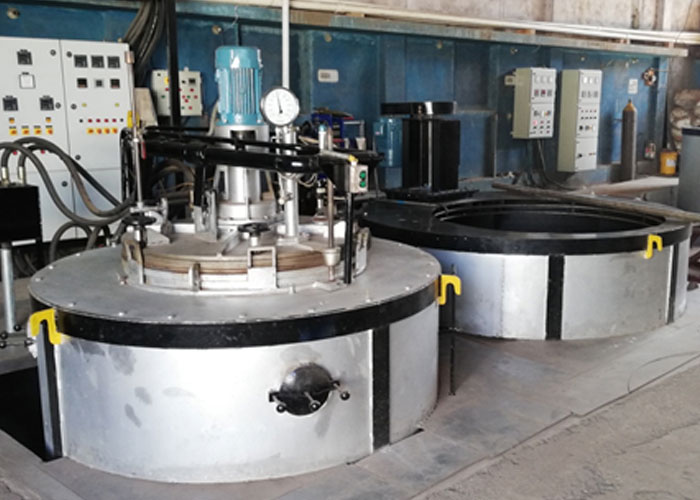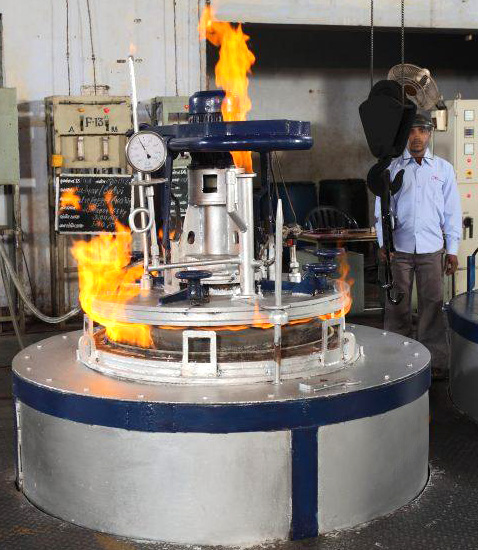Carburizing and carbonitriding are thermochemical treatments, usually conducted at temperatures in the range of 800 – 970C, and is the first stage of case-hardening. These processes change the chemical composition of the surface of a low-carbon steel component so that subsequent fast cooling can be attained by quenching resulting in a hard case combined with a soft/tougher core. Quenching is normally followed by a low-temperature tempering / stress relieving treatment.
In carburizing, controlled levels of carbon are introduced at the surface and are allowed to diffuse at a controlled depth. Whereas in carbonitriding, nitrogen is also imparted along with the carbon in order to improve the case hardenability and surface wear resistance. It is to be noted that carbonitrided part always have more retained austenite than carburizing. The heat treater employs a variety of processing media to achieve these objectives, including controlled gaseous atmospheres and ect.
WHAT ARE THE BENEFITS?
- Enhances the strength and wear properties of parts
- High-hardness wear-resistant surface
- Improves fatigue strength
- Applications range varies from simple mild steel pressings to heavy-duty alloy-steel transmission components
WHAT ARE THE LIMITATIONS?
CASE DEPTH:
Depending upon process temperature, duration and media, case depths can be produced within a wide range from less than 0.1mm up to total depths of 5.5mm (e. g. heavy transmission parts). Case depths imparted by carbonitriding, generally used for small components are limited to no more than 0.75 mm by practical considerations.
It should be noted that maximum hardness of a case-hardened part is not maintained throughout the full depth of the case: part-way through the case, hardness begins to reduce progressively until it reaches the core hardness. It is therefore important to not grind a case-hardened part excessively, in order to avoid the resulting surface hardness and strength getting significantly diminished.
CORE PROPERTIES:
Core properties are predominantly determined by the type of steel / section size and can only be changed marginally without adversely affecting surface hardness.




